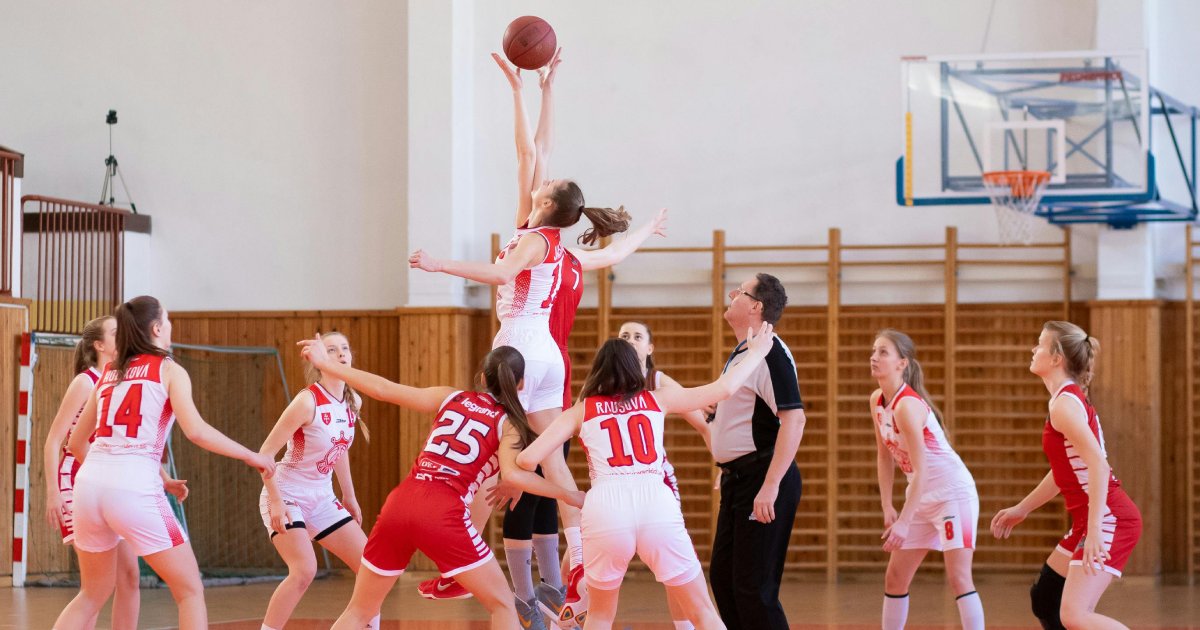The New Challenges for NIL

By: Mark Seavy
New challenges —including NIL collectives and unions representing college athletes—are further complicating efforts to expand Name, Image, and Likeness (NIL) licensing.
As it stands, sponsorships and promotions far outstrip licensed merchandise as the revenue driver for college athletes, executives said at Licensing International’s recent Sports Licensing Summit event. More than 90% of NIL deals are for sponsorships or promotions, due both to the short nature of college athletic careers and the emergence of the transfer portal that enables athletes to switch schools.
And as the landscape continues to evolve, it seems that NIL licensing is only becoming more complicated.
For example, a clause in some NIL contracts gives athletes large advances against the marketing expenses connected to the agreement, said DeMaurice Smith, former Executive Director of the National Football League Players Association. In many cases, that can leave athletes with debt after they leave school if the licensing program is not successful and they cannot pay off the advance (something that’s likely given the variables around NIL deals, according to Smith).
“Because the marketing spends haven’t been met, they are going to owe someone a lot of money,” Smith said. “It does worry me that college athletes in the coming years could leave with large amounts of debt where the marketing expense hasn’t been [met] and that is a recipe for bad business.”
Due to these complicating factors, many schools and athletes choose to focus on print-on-demand programs, industry executives said. This format is especially important in the world of NIL given that many deals cover all rostered athletes, despite the fact that demand for different players can vary significantly. The University of Southern California’s (USC) NIL program generated $16.5 million in revenue for athletes in its first 18 months, said Steve Fuller, Director of Trademarks and Licensing at USC. But most of that revenue came from NIL deals struck for football quarterback Caleb Williams, he said.
“NIL is tricky because there are athletes that are actually marketable and then there is the optics of supporting all of them,” Fuller said. “Our bookstore has an obligation to support student athletes, so they need NIL merchandise. But that is not always the most merchandise sales per square foot they could be putting out there. We want to show support for the athletes, but we also need and want to make money, so finding the right licensees that can supply in-store merchandise and online print-on-demand is key.”
Further challenging the NIL business is the emergence of donor-led NIL collectives representing athletes, many of which do not have trademark rights agreements with the schools, industry executives said. In the case of USC, as many as six collectives have been formed, none of which initially had trademark rights, Fuller said. To resolve the issue, some of the collectives have become athletic sponsors in return for trademark rights.
“The IP is what they really want, but we don’t want to give that away for free,” Fuller said. “This gives us a little institutional control and insight into what deals the collectives are bringing to the table, rather than having them out there striking agreements on their own.”
These deals are being struck as NIL is also faced with the potential emergence of unions representing college athletes and the arrival this summer of Electronic Arts’ first college football video game after an 11-year absence.
EA had delayed the release of a new title pending the resolution of the various NIL legal battles. More than 10,000 athletes opted in for the game in the first three days the option was available. OneTeam has also struck a deal with Topps to supply trading cards for the schools it represents.
In the case of the unions, the Dartmouth University men’s basketball team voted recently to form a union, while the National Labor Relations Board (NLRB) filed a complaint against USC, arguing the school’s student athletes should be classified as employees and conducted a hearing late last year. But the arrival of unions is not likely to impact NIL, industry executives argued.
“We are positioned to exist in the current stage and if there is unionization, we understand how it works in that we have the rights for NIL,” said Aaron Solender, Director of College Strategy & Operations at the agency OneTeam Partners.
However, many of these concerns could be irrelevant, as the obstacles around NIL have led some licensing partners to instead seek co-brand products with the schools themselves.
“What drives people for college licensed products are the school marks and logos,” Solender said. “With the transient nature of the transfer portal and how quickly athletes turn over, NIL does not have great selling power as a standalone. The licensing should focus on co-branded products for the market.”




